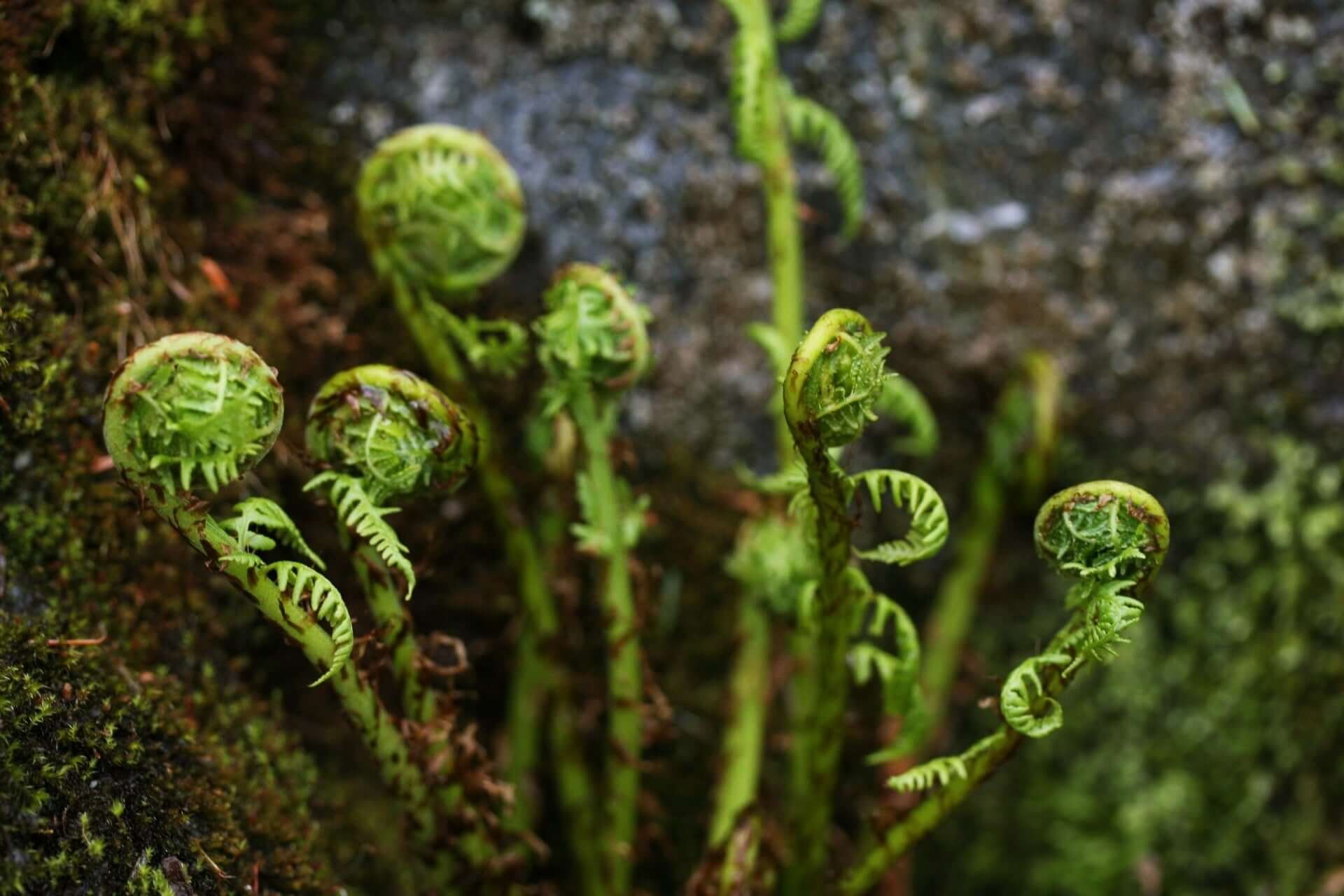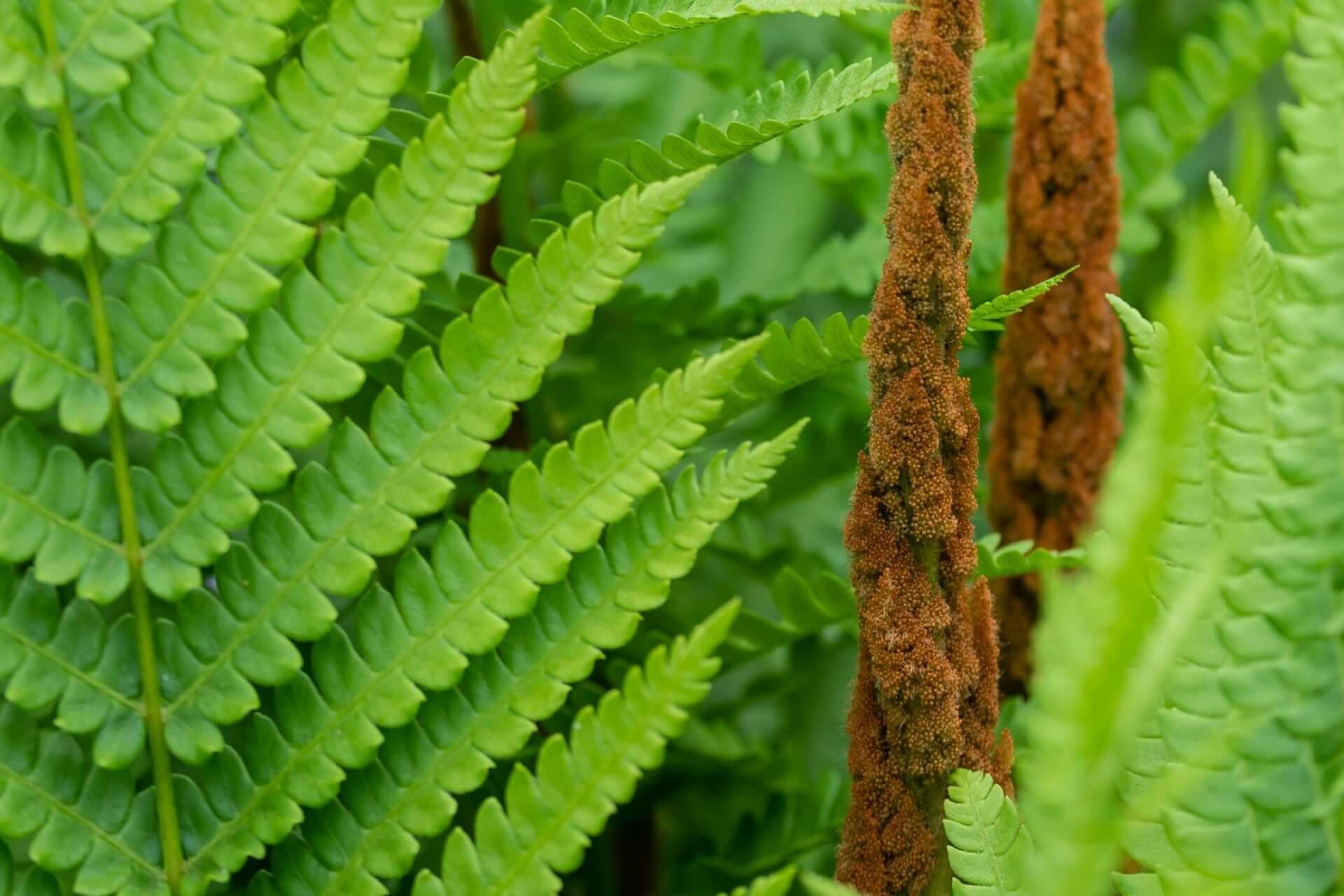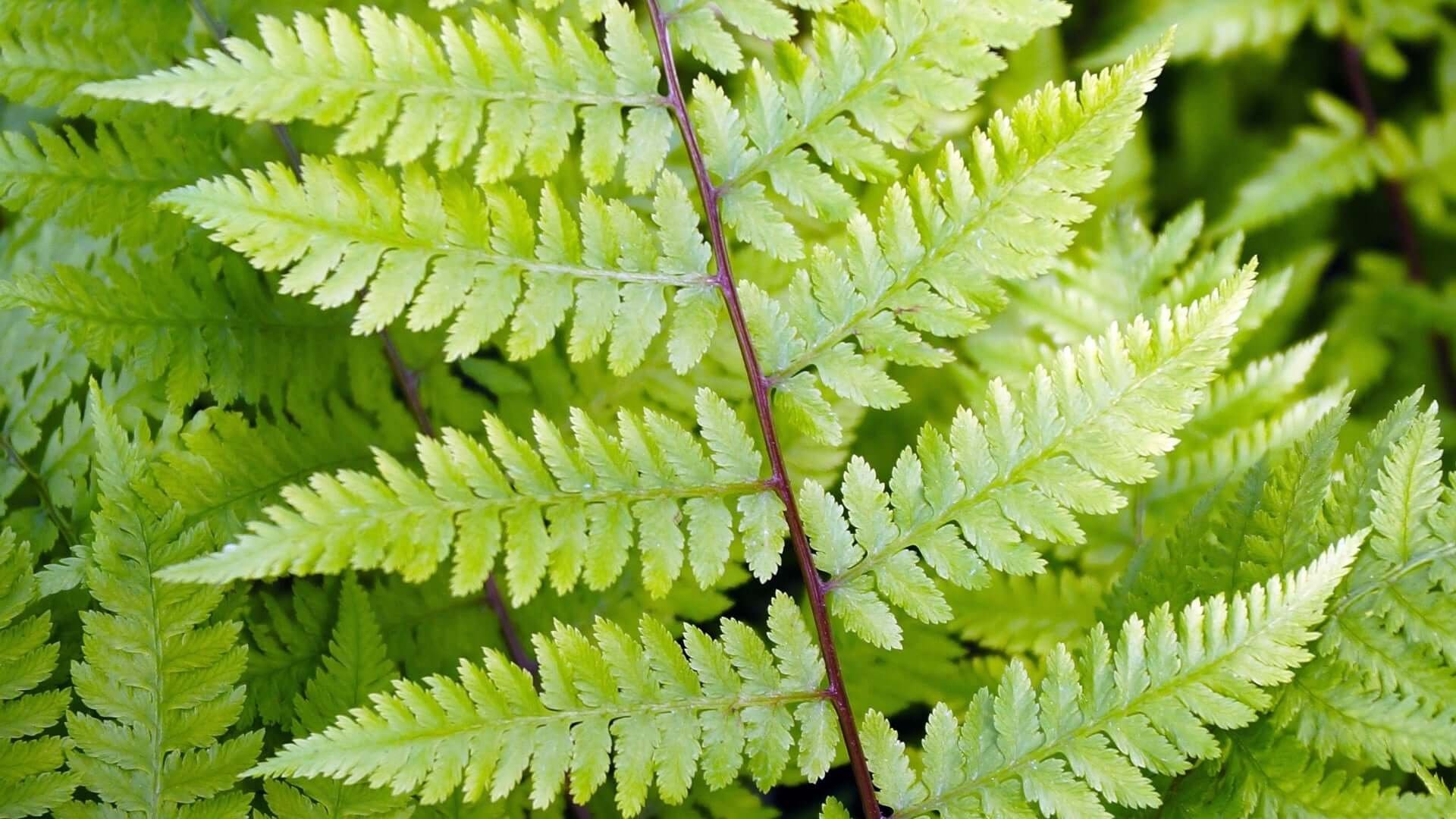Does Lady Fern Like Sun or Shade?
The Lady Fern is a refined plant known for its ability to thrive in dappled shade, making it an excellent complement to woodland gardens or shady corners of your landscape. While it can handle partial sun, Lady Fern prefers filtered light and performs best in shaded conditions, especially when the sun is intense. Protecting it from direct sunlight in areas with hot summers will prevent the delicate fronds from drying out or burning. Too much exposure to full sun can stress the plant, leading to yellowing and reduced vitality. However, if you live in a cooler climate, Lady Fern can tolerate more sunlight if it receives adequate moisture.
This adaptability to varying light conditions makes Lady Fern a versatile choice for gardeners who want to add a lush, feathery texture to shaded or semi-shaded areas. In its natural habitat, you'll often find it nestled beneath trees, benefiting from the filtered light through the canopy, which mimics the ideal growing conditions for this plant. While it doesn't demand deep shade, a balance of morning light and afternoon shade often works wonders, helping the fern maintain its vibrant green color and characteristic arching fronds.
What Type of Soil Does Lady Fern Like?
Lady Fern is particular about soil quality, favoring moist, well-drained, and rich organic soil. A woodland setting provides an ideal environment where the soil is naturally high in organic matter from decomposing leaves and other forest debris. The plant's preference for consistently damp conditions makes it a good choice for areas that naturally retain moisture or for those gardeners who can ensure regular watering. Sandy or clay-heavy soils can be improved by adding compost, leaf decay, or well-rotted manure to create the rich, loose, and slightly acidic environment that Lady Fern loves.
Moisture retention is vital for this fern, so incorporating organic mulch around its base can help keep the roots cool and maintain an even moisture level throughout the growing season. While Lady Fern enjoys moisture, it's important to remember that it doesn't thrive in soggy conditions. Good drainage is crucial to prevent root rot, which can be an issue if the soil remains too saturated for extended periods. If you're planting Lady Fern in a container, using a high-quality, well-draining potting mix with added organic matter will mimic its natural habitat and support healthy growth.
Does Lady Fern Come Back Every Year?
Yes, Lady Fern is a deciduous perennial, meaning it reliably comes back every year, even though it dies back to the ground in the winter. New fronds emerge from the crown each spring, unfurling in a beautiful, delicate pattern. One of the joys of growing Lady Fern is witnessing this yearly resurgence of life. Its ability to return annually makes it a low-maintenance and long-lasting choice for gardeners, particularly those looking to fill shaded areas with lush greenery without frequent replanting.
Lady Fern may disappear during winter in colder climates as the fronds wither and die off. However, don't be alarmed-the plant simply rests beneath the surface. As temperatures warm in the spring, the rhizomes will send up new fronds, often appearing as tight, coiled fiddleheads that slowly unfurl into the classic feathery fronds of the mature fern. This perennial nature ensures that, with minimal care, your Lady Fern will continue to thrive and provide beauty year after year.
How Tall Does Lady Fern Get?
Lady Fern is a medium-sized fern, typically growing to heights between 2 to 3 feet, with an impressive spread of about 2 feet. The height can differ depending on growing conditions, with optimal light, moisture, and soil allowing the fern to reach its full potential. Its arching, finely divided fronds give it a delicate, airy appearance, adding a soft texture to garden beds, borders, or woodland settings. Despite its fragile appearance, Lady Fern is quite robust, with sturdy stems that hold the fronds aloft, giving it a graceful, cascading form.

In favorable conditions, it's not uncommon for Lady Fern to grow slightly taller, making it an elegant backdrop in shaded garden spaces. With their lacy, feather-like texture, the fronds add a dynamic movement to the garden, swaying gently with the breeze. Even though Lady Fern is not the tallest fern species, its presence is noticeable, especially when planted in mass or allowed to form natural colonies over time.
This growth habit makes Lady Fern an excellent choice for softening hard edges in the garden or filling in empty spaces under trees and shrubs. It also pairs beautifully with other shade-loving plants like hostas, bleeding hearts, or wild ginger, adding layers of texture and interest to shaded plantings.
In conclusion, Lady Fern is a versatile, low-maintenance, and elegant addition to any shaded garden. Its preference for filtered light, rich organic soil, and consistent moisture makes it an ideal choice for woodland gardens or areas that mimic these natural conditions. As a perennial, it rewards gardeners with its annual return and offers a graceful, feathery texture that enhances any shaded landscape. Whether used as a single accent plant or grouped in more significant swathes for a more dramatic effect, Lady Fern brings timeless beauty and vitality to the garden year after year.
Read more

Fiddlehead ferns are a beautiful addition to any garden, bringing a sense of woodland serenity. Their rapid growth and culinary appeal make them a great addition to your gardening wish list.

Cinnamon fern is a versatile and striking plant that can create a lush, naturalistic feel in any shaded garden area. Its ability to spread slowly and minimal upkeep make it an appealing option for ...



